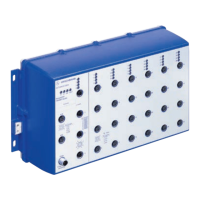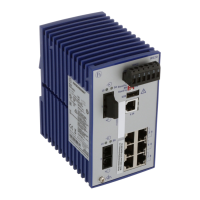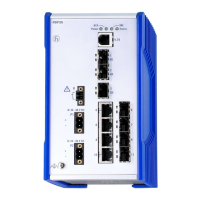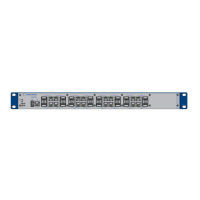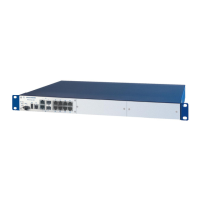Installation OS20/OS30
Release
03
06/2015
25
2.4 Operating the device
When you connect the supply voltage, you start up the device.
2.5 Connecting data cables
You have the ability to connect end devices or other segments to the ports of
the device via twisted-pair cables.
2.5.1 Twisted Pair ports
Note the following general recommendations for data cable connections in
environments with high electrical interference levels:
Keep the length of the data cables as short as possible.
Use optical data cables for the data transmission between the buildings.
When using copper cables, provide a sufficient separation between the
power supply cables and the data cables. Ideally, install the cables in
separate cable channels.
Verify that power supply cables and data cables do not run parallel over
longer distances, and that ideally they are installed in separate cable
channels. If reducing the inductive coupling is necessary, verify that the
power supply cables and data cables cross at a 90° angle.
Use shielded cables (SF/UTP cables as per ISO/IEC 11801:2002).
Connect the data cables according to your requirements.
Connect the cable shield to the connector housing.
Seal all unused ports with protection screws.
See “Accessories” on page 35.
2.5.2 Optical fiber ports
Verify that you connect LH ports only with LH ports, SX ports only with SX
ports, and LX ports only with LX ports.
Connect the data cables according to your requirements.
Seal all unused ports with the protection caps attached to the device.
